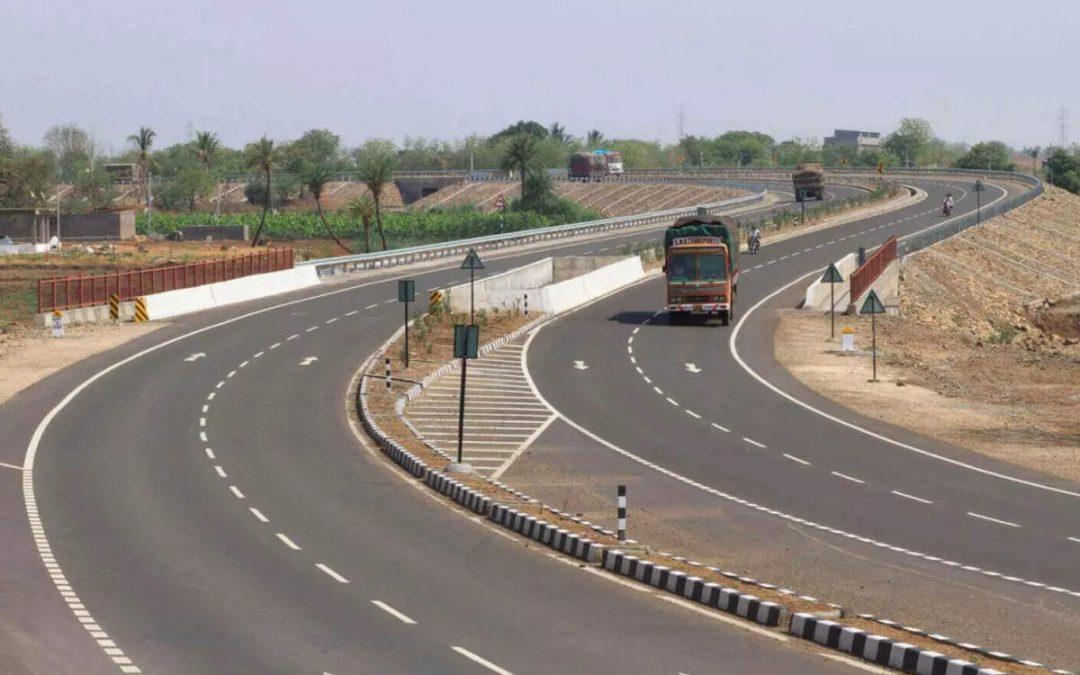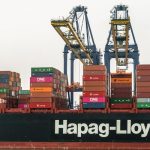In a major move to boost infrastructure, the road transport and highways ministry has sought Cabinet approval for a ₹22 lakh crore investment in a highway development plan spanning approximately 30,600 km by 2031-32.
The plan, recently submitted to the finance ministry and shared with key ministries, includes the construction of 18,000 km of expressways and high-speed corridors, decongestion of 4,000 km of national highways around cities, and the building of strategic and international roads. About 35% of the investment is expected to come from the private sector.
Sources indicate that the master plan for highway development will be executed in two phases. During an inter-ministerial meeting chaired by road transport secretary Anurag Jain, officials confirmed that the ministry aims to tender all projects under phase-1 by 2028-29 and complete them by 2031-32. The ₹22 lakh crore budget pertains to phase-1 projects.
The ministry has requested a 10% annual increase in budgetary allocation for these projects. In the interim budget, the government allocated ₹2,78,000 crore to the ministry, marking a 2.7% increase from the previous financial year.
The financial estimate for the second phase, which will cover 28,400 km, will be determined later. According to the plan, sanctioning and awarding stretches under phase-2 will be completed by 2033-34, with construction finishing by 2036-37.
The ministry emphasized that the development of national highways and expressways was planned after assessing GSTN data, which included the transportation of commodities. The data revealed that nearly 73% of freight was transported by road in 2021-22, with railways accounting for about 23%. For distances under 350 km, 82% of commodities were moved by road, and for distances over 600 km, 62% were transported by road.
Upon completion, the average travel speed of trucks on the national highway network is expected to increase to 85 kmph from the current 47 kmph. For comparison, the average travel speed on highways is over 100 kmph in the US and 90 kmph in China. The government anticipates that increasing the average speed will help India achieve its goal of reducing logistics costs to 9-10% of GDP.
High-speed corridors have been identified to ensure accessibility within 100-150 km from any part of India. Currently, only 3,900 km of high-speed corridors are operational, but this figure is expected to rise to around 11,000 km by 2026-27.






